Food
COVID-19 :Food security becomes rising challenge globally
Published
5 years agoon
By
Editor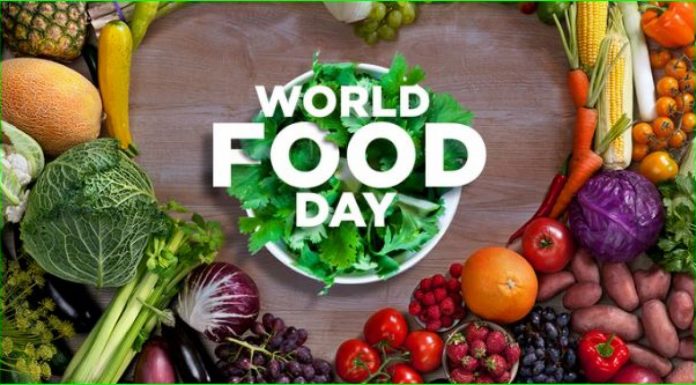
ISLAMABAD, Oct 16 (APP):By Ali Jabir Amidst COVID-19 pandemic threats and multiple natural hazards, shocks and pests attacks across the borders this year, “World Food Day” is a great challenge for the Food and Agriculture Organization (FAO) to fulfill the objectives to defeat hunger completely by 2030, writes FAO representative, Mina Dowlatchahi.
She wrote, “World Food Day 2020 marks the 75th anniversary of the founding of the Food and Agriculture Organization of the United Nations, out of the debris of World War II, on 16 October 1945.
This year is a very special one – for FAO and for the global fight against hunger and malnutrition. It comes at a challenging time when the world is facing the impacts of the COVID-19 pandemic amidst multiple natural hazards shocks and transboundary pests.
“Despite the achievements of the past, five years into the 2030 Sustainable Development Agenda, the world is not on track to achieve Zero Hunger. The number of people affected by hunger globally has been slowly on the rise since 2014. FAO currently estimates that nearly 690 million people are hungry, the majority of them in Asia. This is an addition of 10 million people in one year and nearly 60 million in five years. Looking beyond starvation, over 2 billion people do not have regular access to safe, nutritious and sufficient food. The ongoing COVID-19 pandemic could further add 83 to 132 million food-insecure people worldwide. At the global level, the prevalence of food insecurity at a moderate or severe level is higher among women than men. The gender gap in accessing food increased from 2018 to 2019.”
“In Pakistan, the Prevalence of Undernourishment, which is an important indicator for measuring our progress on SDG 2 Zero Hunger, has slowly declined to 26 million Pakistanis in 2017-19, from about 33 million in 2003-04. Some of the gains achieved were however reversed by climate-related shocks, such as the floods of 2010-13, as well as more recent challenges of drought, cold, more floods, desert locusts and finally COVID-19 impacts. With all this to bear, we can expect a deterioration in Pakistan’s food security situation as we head towards the end of 2020 under a business as usual scenario.
“Economic slowdowns due to lockdowns such as Pakistan experienced in 2019-20 tend to increase poverty, and poverty is closely interlinked with food insecurity. The shocks are consequently affecting poorer communities in Pakistan disproportionately, and pushing those in the most uncertain contexts deeper into poverty and hunger, with an important impact on the stability of access to adequate, safe and nutritious food for households through time. Access to food is also under threat for more vulnerable households because of food price fluctuations observed in a range of Pakistani markets since the onset of COVID-19.
“Food insecurity can lead to different manifestations of malnutrition. The kind of and relative amounts of food people eat, specifically, the quality of their diet, translates into how our body utilizes it and is directly linked with health and energy.”
Shifting to healthy diets can contribute to reducing health and climate-change costs because the hidden costs of these healthy diets are lower. The adoption of healthy diets can lead to a reduction of up to 97 percent in direct and indirect health costs and 41–74 percent in the social cost of greenhouse gas emissions by 2030. Dietary habits in Pakistan require realignment to more balanced, fresh and nutritious ingredients, by making a diverse range of foods more accessible to the poor and by educating everyone on the negative health consequences of a diet dominated by energy-dense, low-nutrient foods.
“On food availability, Pakistan has fared well, with a 2.7 percent growth in the Agriculture sector in 2019-20 within an overall economic contraction of 0.4 percent. However, the growth was mostly due to livestock and three major crops. This relates to the world challenge of today where only nine plant species in the world account for 66 percent of crop production worldwide, despite over 30,000 known edible plants. Pakistan can do better at growing more diverse food.
“If the pandemic has laid bare the fragility of agri-food systems, the precariousness of the agricultural labor force, the thin line that separates many families from destitution, there are solutions. In this WFD, we celebrate the countless and diverse hands and talents involved in feeding our community, our country, and our planet, and the food heroes – men and women – that have continued to grow, sustain and nourish us, together, and recognize more needs to be done: review the entire food supply chain in the context of the political economy that shapes trade, public expenditure and investments, and put small holder farmers at the center of it; government, civil society and private sector engage in collective efforts to ensure small holder farmers and off-farm ag-workers, women and men, can access financial resources, knowledge, technology and innovation to produce and move more, safer, and diversified food to improve livelihoods and diets; organize campaigns and leverage government-endorsed Pakistan Dietary Guidelines for Better Nutrition to promote healthy eating habits in the whole country; recognize the invisible labor of agriculture workers, especially women, in our food system; provide access to land to women and men small holder farmers; re-think federal and provincial policies and actions to tackle agriculture sector productivity, climate change and food systems transformation with ambition and urgency to ensure the ‘new normal’ is better. Call for and facilitate collective cross-sectoral action, global collaboration and solidarity to support the most vulnerable in times of shocks and crises.
“Our future food systems need to ensure affordable and healthy diets for all, and decent livelihoods for food system workers, while preserving natural resources and biodiversity. This will help go a long way towards achieving Zero Hunger, Mina Dowlatchahi concluded.
You may like
Food
Let’s Read about Garlic and intake it to Lose Weight
Published
8 months agoon
September 24, 2024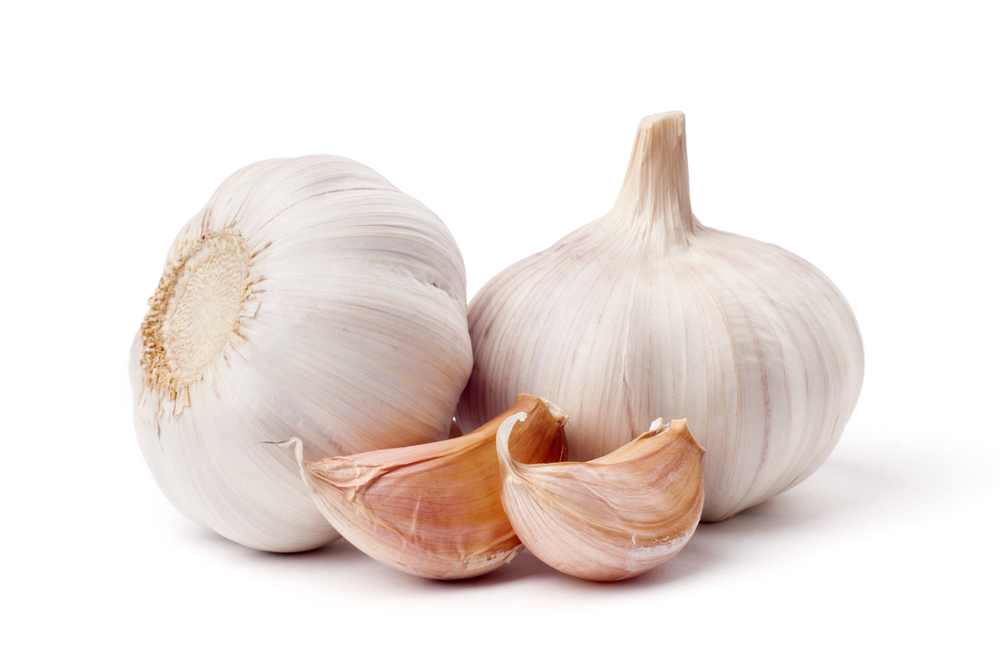
Here I am sharing research with you. It is amazing to know about garlic that it can help out in weight loss and is also beneficial for health and taste. It is well defined as a cousin to the onion and sister to the shallot, garlic is a small but mighty ingredient that’s been linked to weight loss, and its health benefits far outweigh the risk of bad breath!
What the Research Says
While the evidence is still preliminary, evidence from animal and human research has shown that garlic, or more specifically its sulfur-containing compounds, may help people lose weight. One of the major sulfur-containing compounds in raw garlic, allicin, is shown to potentially prevent obesity and associated metabolic disorders by activating brown adipose tissue or brown fat.
Brown Fat Burns Calories
Our bodies have several types of fat, white adipose tissue (white fat) and brown adipose tissue (brown fat). White fat is what we consider body fat. Unlike white fat, which stores calories and can lead to obesity, brown fat burns calories and has the potential to lead to weight loss. Unfortunately, most adults don’t have a lot of brown fat.
When the body gets cold, brown fat burns calories to produce heat, a process known as thermogenesis. In fact, brown fat burns a lot more calories than white fat does. This calorie-burning process can also be kicked into action by the sulfur-containing compounds present in raw garlic.
Many of these studies have published the effects of garlic supplements on animal models of obesity. One 2016 study found that oral administration of fermented garlic extract during eight weeks showed anti-obesity effects by reducing body weight, fat, triglyceride, and total cholesterol levels and suppressing the formation of white fat cells in obese mice.
The beneficial effects of garlic on obesity are also well-documented in clinical trials. A meta-analysis published in The Journal of Nutrition suggests that garlic supplementation seems to reduce waist circumference, but not body weight and body mass index (BMI). Another study published in 2016 found that garlic powder supplements appeared to help reduce body weight and fat in people who have non-alcoholic fatty liver disease.
Garlic, specifically aged garlic extract, may even lead to weight loss in postmenopausal women. This 2012 study, which was published in Nutrition Research and Practice, found that postmenopausal women taking aged garlic extract daily for three months lost more weight (measured in body fat percentage and BMI) than those who did not.
Adding Garlic to Your Diet
Garlic won’t magically make you lose 10 pounds, but it will give your weight-loss journey a tasty boost and a boatload of health benefits. Plus it’s ridiculously easy to incorporate into your everyday cooking. Here are some diet-friendly ideas to consider:
- Add minced garlic to your morning egg scramble or omelet.
- Put minced garlic to salad dressings.
- Add a few cloves to your guacamole to cut through the creaminess.
- Brew up some garlic lemon tea
- Sprinkle some baked veggies with minced garlic.
- Toast up a slice of bread, butter it, and sprinkle raw minced garlic on top.
- Toss some garlic in a pan with whatever veggies.
Eating raw garlic is really the best way to maximize the health benefits of this spicy vegetable. If you must cook it, try to crush or chop your garlic and allow it to sit for 10 to 15 minutes before adding it to heat. Doing so will preserve many of garlic’s health benefits.
I would to thank the researcher for giving us this much useful information. Try to incorporate garlic and maintain your health. Try it and share it with everyone.
Food
Health is in Food and Foods are in Hunza Valley
Fariyal Mir
Published
8 months agoon
September 10, 2024By
Editor
Almighty has produced the best of His art in this universe and has portrayed the view of Jannat-ul-Firdous in the Holy Quran. He has not just portrayed it in the Quran but He has produced it in real for us as well. Man has developed too much and has produced many things but he can never compete with the art of God and His standard of creation. Hunza valley is one of His best art the place where one can visualize the imagery picture of Jannat. The greenery and the sounds of the waterfalls are the real visionaries and the soothing effect cannot be produced artificially. Hunza is not just the place of beauty yet it is the hub of different kind of traditional foods which are all mouthwatering. These foods are not just to end your appetite but also provide full nutrients and health. Let’s enjoy some of the food of Hunza Valley.
- Go-Lee:
Go-Lee is thin, rounded shape, soft Pulka which is mostly taken in breakfast. This is a mixture of egg, flour and water which are mixed and are fried in a small amount of oil. One can enjoy the Go-Lee anytime with a cup of tea.
Go-Lee is thin, rounded shape, soft Pulka which is mostly taken in breakfast. This is a mixture of egg, flour and water which are mixed and are fried in a small amount of oil. One can enjoy the Go-Lee anytime with a cup of tea.

- Harissa
Harissa is one of the tastiest dish for all age and gender. It is a very healthy food item which is prepared with much dedication. It is a time taking dish in preparation and is prepared with meat, rice, wheat and green Lintel. Mostly it is presented in wedding ceremonies.

- Chapshuro
This item is like sandwich and the layer inside it is composed of chopped meat (beef, mutton or chicken) with onion, red chili, tomato, coriander and black pepper. You can take this item in the evening or afternoon. Just taste it, each bite will thrill you out.

- Diram Fitti
Hard work needs energy and energy comes from healthy eating and Diram Fitti can give you that energy. This item is made up of sprouted wheat flour and is prepared almost in 5-6 hours. It is served with butter oil or walnut oil.

Business
Pakistan produced an incredible variety of ‘King of Fruits’
Fariyal Mir
Published
12 months agoon
May 28, 2024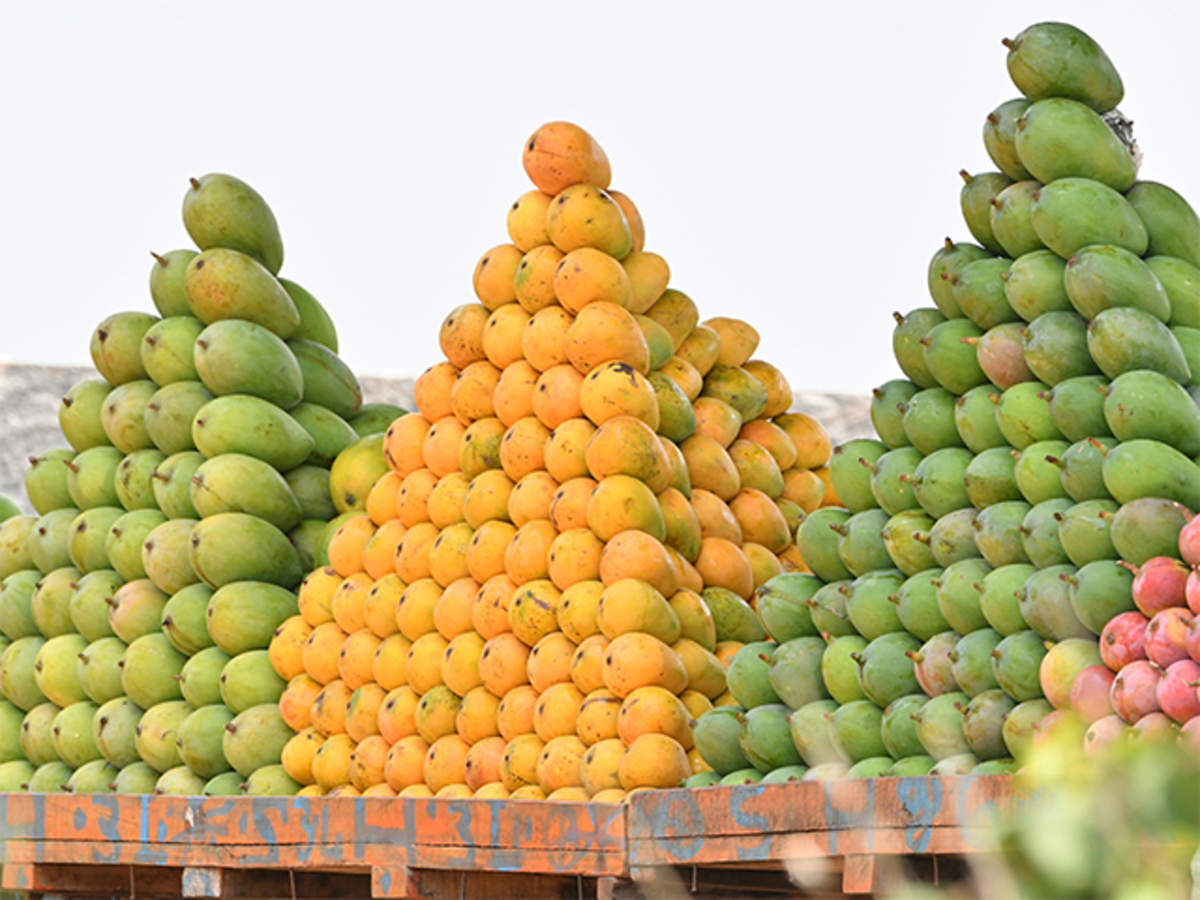
The fertile land of Pakistan produces an extensive number of Mangoes which is better called as ‘King of Fruit’. Pakistan exports Mangoes from corner to corner of the world. Mangoes are not just nationwide but worldwide favorite fruits. This tasty and nutritional fruit reaches the market in May and disappears till the last of September. Though Mangoes are grown in more than 90 nation-states yet Pakistan stands as the fourth number in the production of Mangoes. Moreover presently Pakistan produces more than 1.5 million tons of mangoes about which more than 5% is exported.
Surprisingly, there are more than 1200 kinds of mangoes in Pakistan but we know a few of them. Whereas, around 30 to 35 kinds of mangoes are produced on a profitable scale. Mangoes are the most awaited fruits and people wait passionately for summer to have the taste of the ‘King of Fruits’.
As I have mentioned that there is an abundant number of mangoes kind but here we will discuss a few of them. Some of the most famous and tasty variety of mangoes are given below:
SINDHRI
This variety of mango is highly produced in Sindh. It is oval in shape, large in size, and lemon yellow. It tastes sweet and smells pleasant.

CHAUNSA
Chaunsa is the best variety of mango produced by Pakistan. It is the most mouth-watering type of mango which is delightful and full of juice. It also contains merely the smallest of fiber. This variety is out in the market in the summer.
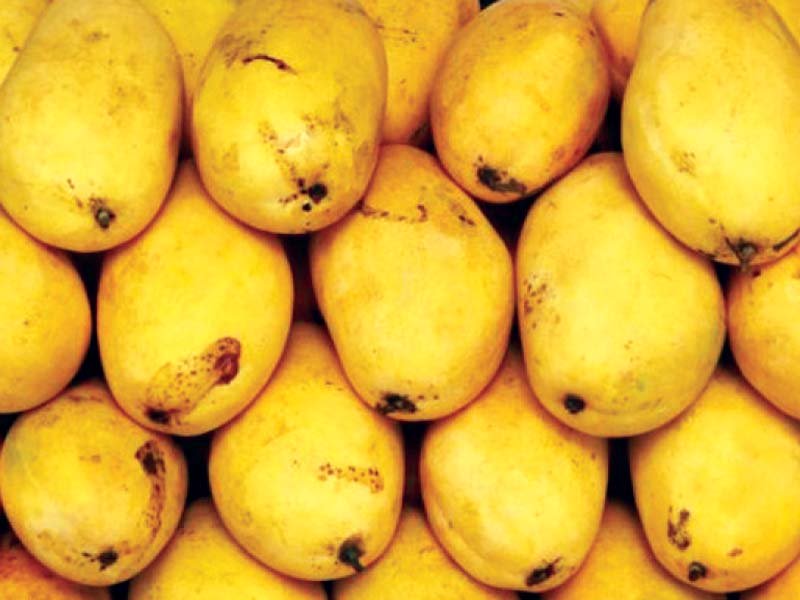
RED KIND ALSO KNOWN AS LAL BADSHAH
This variety of mango is the unique one. It is assumed to be a creamy mango with a small red color. It has an asymmetrical figure with moderately fixed skin.
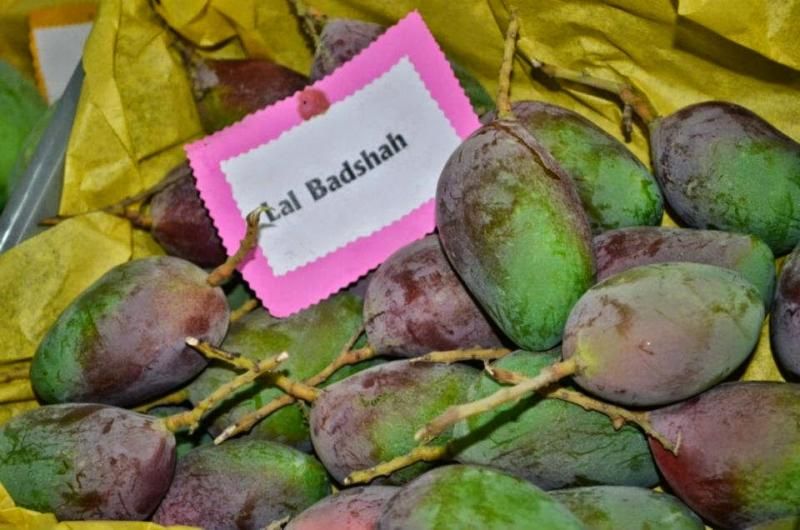
ANWAR RATOL
Anwar Ratol is another mouthwatering variety of mangoes that arrives on the market from July to August. This kind of mango is best for making ice cream.
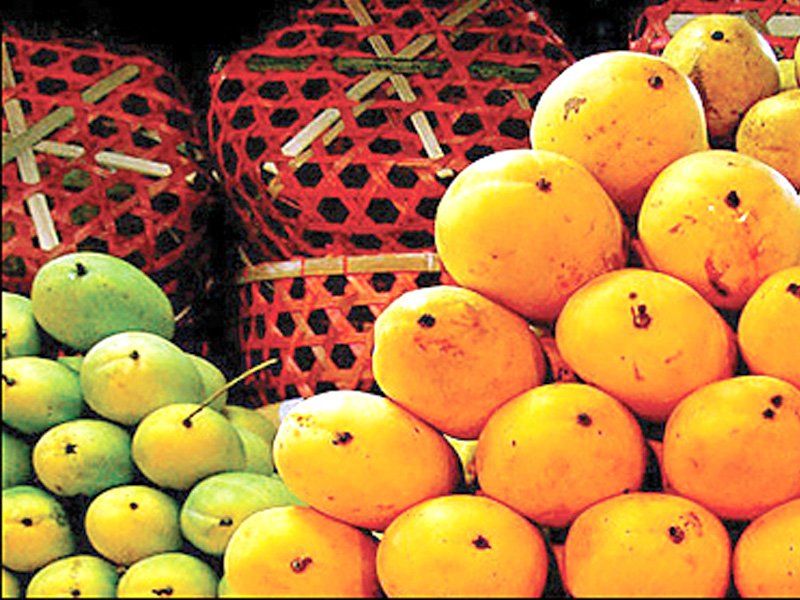
SUNEHRA
This variety of mango is oval in shape dark green in color until ripens. It is full of juice with heavy paste. This delicious variety comes around July and goes back till August.

LANGRA
This variety of mango is highly demanded in Europe in addition to Canada. Because it is a fibreless kind of fruit with fatty flesh. It is a little oval in shape and yellowish-brown in color. This kind remains in the market for two months.
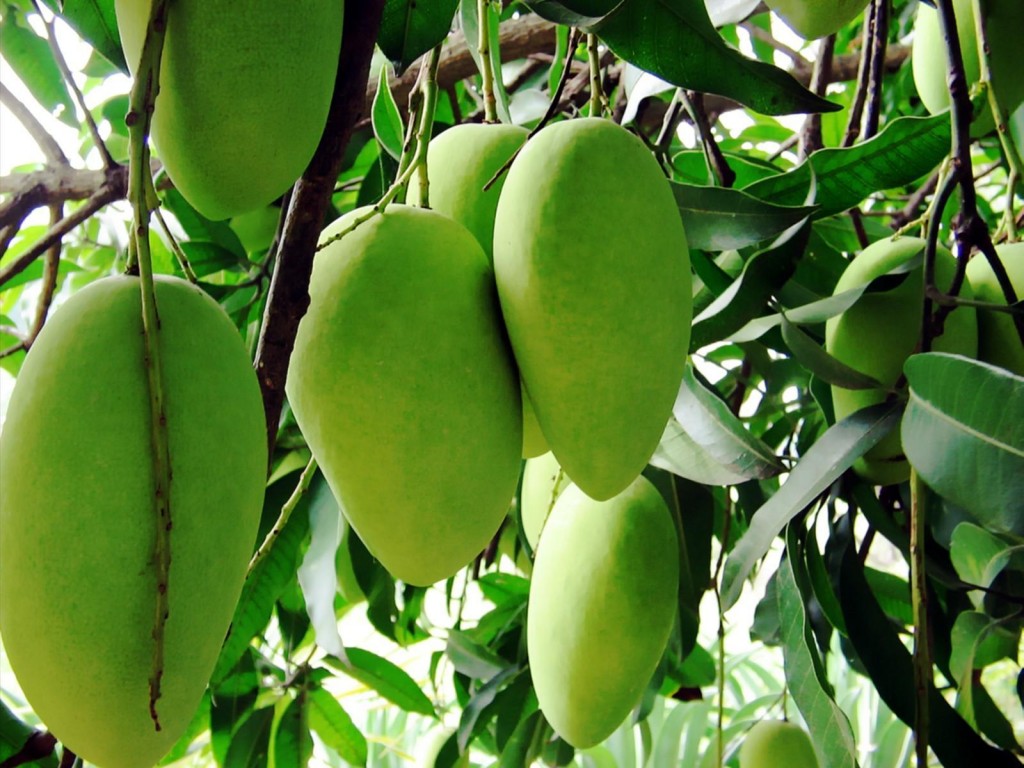
We are blessed with a land that can produce this much variety of mango fruits. So that we are always grateful to the Almighty. The only thing is we need to take good care of this land and we have to value its production.

The Chiltan Ibex: A Rare Treasure of Balochistan

MANGO HEALTH BENEFITS NUTRITION








